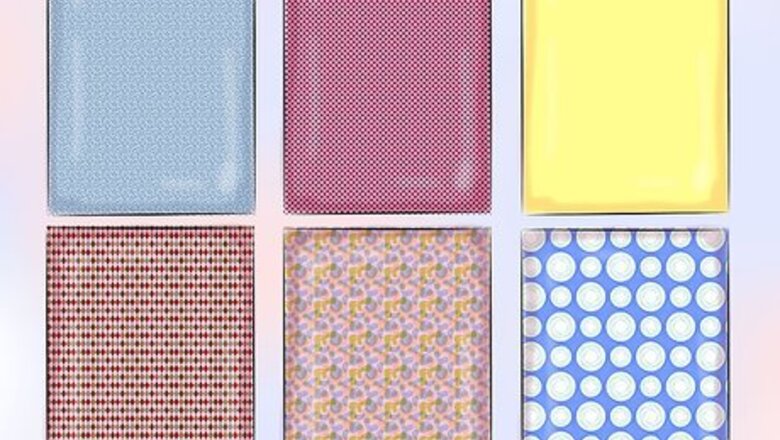
views
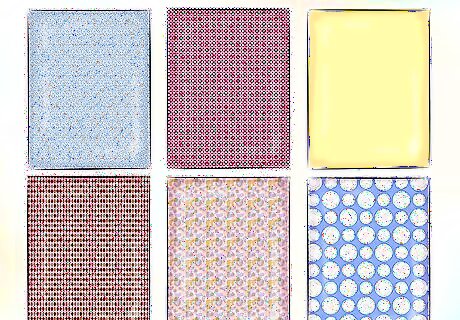
Decide what color tiles you are going to use. There are a wide range of tile materials and designs to choose from, each with its own characteristics and appearance. Do you want tiles with a solid color or printed patterns? Are they manufactured porcelain or ceramic, or are they natural stone? Are you using mosaic sheets with differently-colored tiles? Understanding the color composition of the tile that you choose will help you find the most complimentary grout.

Decide If you want the grout to blend in with or stand out from the tiles. Each design option offers different advantages to the space and installation. However, if you have other surfaces in the room, consider their color and layout as well.
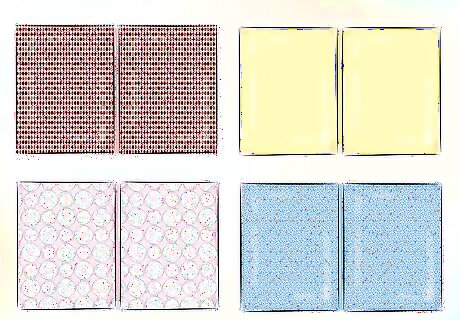
If you want the grout to blend in with the tile so the tile pattern is less visible, choose a grout color that is close to the color of the tile. When grout and tile colors are similar, the installation has a more uniform, monolithic look. Grout joints are less visible from a distance, as are the edges of the tiles. Blending will only work if all of the tiles have a similar color. A blended look will require more maintenance, especially with lighter colors, to ensure that the installation maintains its uniform look.
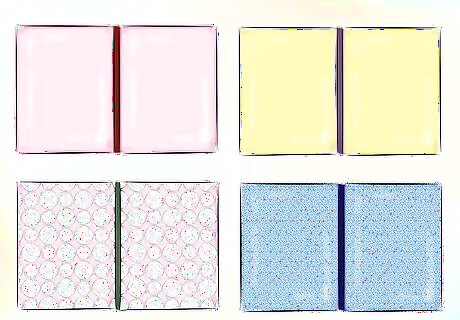
If you want the grout to stand out from the tile so the tile pattern is more visible, think of colors that contrast your tiles. Color discrepancies between tile and grout create a striking, patterned look. Grout joints and tile edges are more visible, and the tile layout pattern is more apparent. The greater the difference in grout and tile colors, the more noticeable the pattern will be. In many commercial kitchens, a darker grout is used to accent the tiles and reduce the appearance of stains.
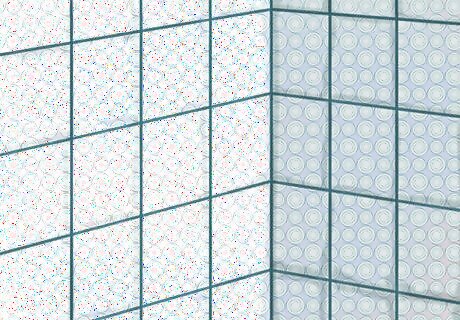
Install the grout according to the manufacturer's instructions.














Comments
0 comment